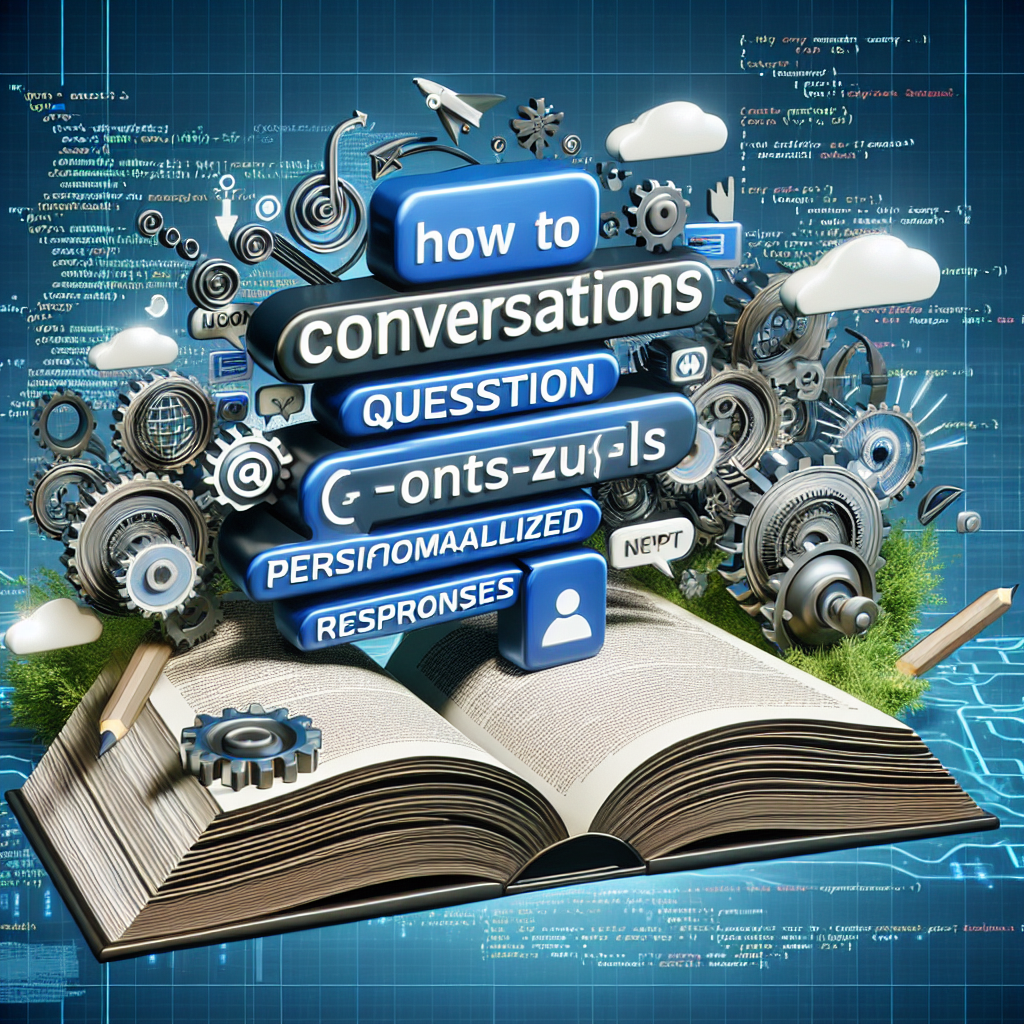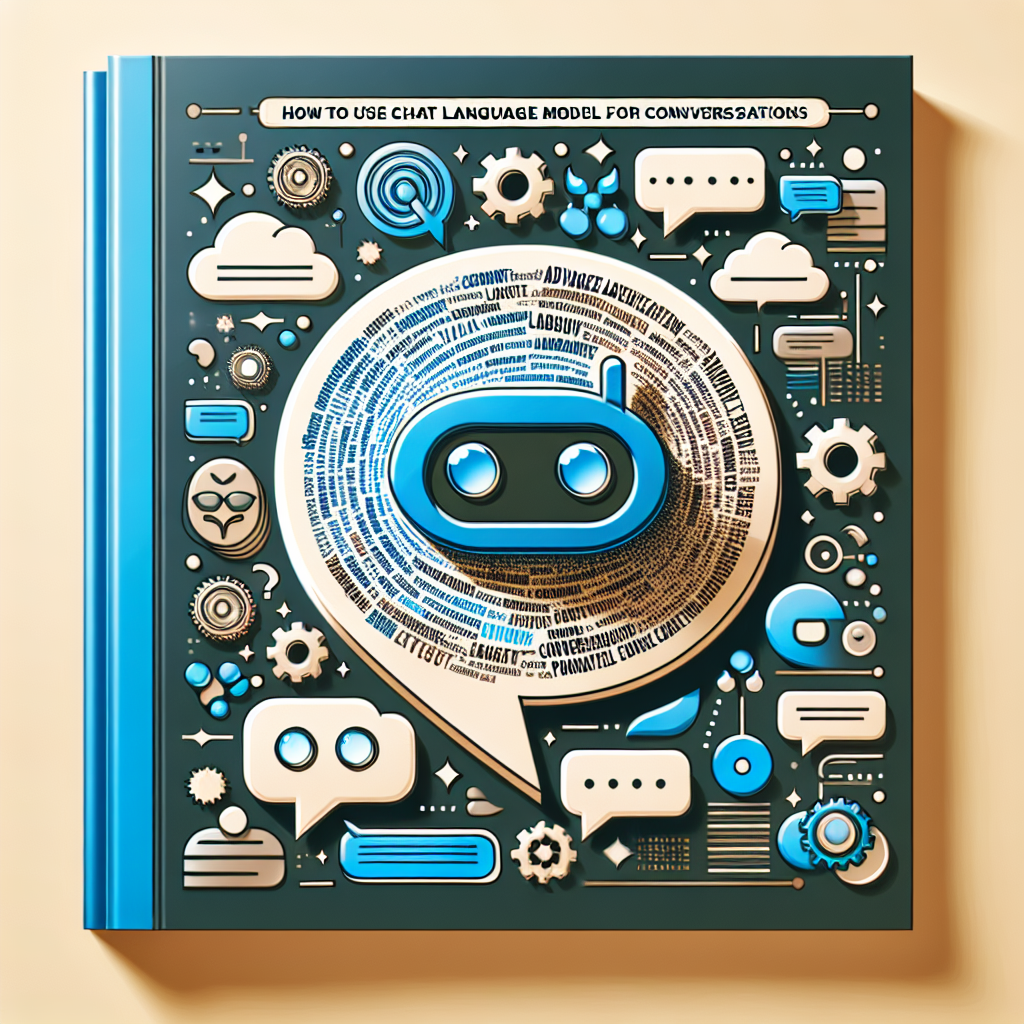Imagine having an AI writing assistant at your fingertips, helping you navigate the exhilarating process of writing a book. With ChatGPT, this dream becomes a reality. In this article, we will explore how ChatGPT can revolutionize your writing journey by providing guidance, inspiration, and collaboration like never before. From brainstorming ideas to refining your plot, ChatGPT is your friendly and reliable companion, giving you the tools and support you need to transform your vision into a captivating literary work.

Choosing a Topic
Brainstorming Ideas
When it comes to writing a book, choosing the right topic is crucial. Begin the process by brainstorming ideas. Let your creativity flow and write down all the potential topics that come to mind. Consider your interests, passions, and areas of expertise. Think about the genres you enjoy reading and the stories you've always wanted to tell. Remember, this is just the brainstorming phase, so don't worry about feasibility or market demand yet. Simply focus on generating as many ideas as possible.
Identifying Your Audience
Once you have a list of potential book ideas, it's time to identify your target audience. Think about who would be interested in reading your book. Consider demographics such as age, gender, and interests. Research the market and find out what types of books are currently popular among your chosen audience. Understanding your target audience will help you write a book that resonates with them and increases the chances of success.
Evaluating Market Demand
After identifying your target audience, it's important to evaluate the market demand for your chosen topic. Conduct market research to determine if there is an existing demand for books in your genre or niche. Look for similar books that have been successful and analyze their sales figures. This will give you an idea of the market potential for your book. Remember, it's important to find a balance between writing a book that you're passionate about and one that has a good chance of commercial success.
Creating an Outline
Structuring Your Book
Before you start writing your book, it's essential to create a solid structure. A well-structured book is easier to write and read. Begin by deciding on the overall structure of your book, whether it's a traditional linear narrative, a collection of essays, or a non-linear format. Consider the flow of the story and how your chapters will connect. Structuring your book will provide a roadmap for your writing journey.
Defining Chapters and Sections
Once you have the overall structure in mind, it's time to define your chapters and sections. Break down your book into manageable parts and determine the order in which they will appear. Each chapter should have a clear purpose and contribute to the overall narrative or theme of the book. Additionally, consider dividing chapters into sections to further organize your ideas. This will help you stay focused and ensure a cohesive reading experience for your audience.
Organizing Your Ideas
With the structure and chapters defined, it's crucial to organize your ideas effectively. Take the time to prioritize the concepts, themes, and scenes that will make up your book. Consider creating a visual or digital storyboard to help you visualize the flow of your ideas and identify any potential gaps. Organizing your ideas will provide you with a clear direction for each chapter and prevent writer's block along the way.
Developing Characters and Plot
Character Creation
Creating compelling and relatable characters is essential for any book. Start by identifying the main characters of your story and developing their backgrounds, personalities, and motivations. Consider their strengths, weaknesses, and how they evolve throughout the book. Give them depth and complexity that will resonate with your readers. Remember, characters drive the plot, so invest time in making them memorable and engaging.
Building a Compelling Plot
A well-crafted plot is the backbone of any book. Develop an engaging storyline that captures the attention of your readers from the beginning to the end. Outline the major plot points, including the introduction, rising action, climax, falling action, and resolution. Weave in conflicts, obstacles, and surprises to keep your readers hooked. Consider incorporating subplots and twists to add complexity to your narrative. Building a compelling plot will ensure a page-turning experience for your audience.
Crafting Engaging Dialogue
Dialogue plays a crucial role in bringing your characters to life and advancing the plot. Focus on crafting engaging and realistic dialogue that reflects the personalities and motivations of your characters. Each character's voice should be distinct and consistent throughout the book. Use dialogue to reveal emotions, build relationships, and convey important information. Remember to balance dialogue with narrative and description to maintain a well-paced and dynamic story.
Utilizing ChatGPT as a Writing Tool
Understanding ChatGPT's Capabilities
ChatGPT is an artificial intelligence model designed to assist writers. It uses machine learning to generate text based on prompts given by the user. It can be a valuable tool for brainstorming, generating ideas, and overcoming writer's block. While ChatGPT can provide creative suggestions and inspiration, it's important to remember that it's ultimately your story and your creative input that will make it unique.
Setting Writing Prompts
To utilize ChatGPT effectively, set specific writing prompts to guide the AI's output. Ask questions, provide context, or request suggestions related to the story you want to write. For example, you can ask ChatGPT to provide ideas for character names, unique plot twists, or ways to develop a particular scene. Experiment with different prompts and engage in a conversation with ChatGPT to generate creative ideas and solutions.
Utilizing Dialogue Generation
One particularly useful feature of ChatGPT is its ability to generate dialogue. When developing your characters' conversations, you can use ChatGPT to suggest dialogue lines or even engage in a conversation with the AI to explore different approaches. This can be a valuable tool for refining and improving the dialogue in your book. Remember to review and edit the generated dialogue to ensure it aligns with your characters and the overall tone of your story.

Writing the First Draft
Using ChatGPT for Inspiration
When writing the first draft of your book, ChatGPT can serve as a valuable source of inspiration. It can provide ideas for scenes, descriptions, or even plot developments. Engage with ChatGPT by asking it questions, discussing possible directions for your story, or requesting suggestions for specific details. Use the AI-generated content as a starting point, and then infuse your own creativity and style into the writing.
Filling in the Gaps
As you write your first draft, there may be gaps in the story or areas that require further development. ChatGPT can be used to help fill in these gaps. For instance, if you're unsure how to transition between scenes or need help with describing a particular setting, utilize ChatGPT for guidance. However, remember to critically evaluate the AI-generated content and ensure it aligns with your vision and writing style.
Maintaining Consistency
While ChatGPT can offer valuable assistance, it's important to maintain consistency throughout your writing. As you involve the AI in your writing process, be mindful of your original ideas and the tone and voice you established for your book. Review the AI-generated content carefully to ensure it flows seamlessly with the rest of the narrative and character development. Remember, you are the author, and your creative vision ultimately shapes the story.
Revising and Editing
Evaluating Plot and Character Development
Once the first draft is complete, it's time to revise and edit your book. Begin by evaluating the plot and character development. Check if the plot unfolds logically and if the characters' actions and decisions are consistent with their established traits. Look for areas that may need further clarification or development. Take note of pacing issues, plot holes, or any other elements that may hinder the reader's engagement. Revise and refine until your plot and characters are compelling and well-developed.
Polishing Dialogue and Descriptions
Another important aspect of revising and editing is polishing the dialogue and descriptions in your book. Read through your manuscript and evaluate the quality and impact of each dialogue exchange. Ensure that it sounds natural, serves a purpose, and aligns with your characters' personalities. Pay attention to the descriptions and imagery used throughout the book, refining them to create vivid mental images for your readers. Make your prose engaging and immersive.
Checking for Grammar and Spelling Errors
In addition to content editing, it's crucial to meticulously check for grammar and spelling errors. Use proofreading tools or enlist the help of friends or professional editors to identify any mistakes that may have slipped through. Pay attention to punctuation, verb tense consistency, and sentence structure. A polished and error-free manuscript will enhance the reading experience and showcase your professionalism as a writer.
Obtaining Feedback
Sharing Your Work with Beta Readers
Once you have revised and edited your book to the best of your ability, it's helpful to seek feedback from beta readers. Beta readers are individuals who provide constructive criticism and feedback on your manuscript. Share your work with trusted friends, family, or members of writing communities who can offer valuable insights. Consider their feedback and make necessary changes to further improve your book.
Joining Writing Communities
Joining writing communities is an excellent way to connect with fellow writers, receive feedback, and gain inspiration. Online platforms or local writing groups provide opportunities to share your work, collaborate with others, and learn from more experienced writers. Engaging with a supportive community will not only help you improve as a writer but also provide a valuable network of like-minded individuals.
Utilizing Professional Editing Services
If you're looking for more extensive feedback and editing assistance, consider utilizing professional editing services. Editors with expertise in your book's genre can provide insightful feedback, help strengthen your writing, and ensure your manuscript is polished and ready for publication. While professional editing services involve a financial investment, they offer a valuable opportunity to refine your book to a professional standard.
Finalizing Your Manuscript
Proofreading the Entire Book
Before moving forward, it's crucial to thoroughly proofread your entire manuscript one last time. Comb through each page, paying careful attention to spelling, grammar, punctuation, and formatting. Look for any inconsistencies or errors that may have been missed during previous revisions. A final proofreading round will ensure your book is polished and ready for readers.
Formatting for Publishing
Formatting your manuscript correctly is essential for a professional and visually appealing final product. Consult the guidelines provided by your chosen publishing platform and ensure your book meets all the necessary formatting requirements. Pay attention to margins, font styles and sizes, paragraph indentations, and chapter headings. Proper formatting will enhance readability and ensure a seamless reading experience for your audience.
Creating a Book Cover
An eye-catching and professionally designed book cover is essential for attracting readers and creating a memorable first impression. If you have design skills, you can create your own book cover using graphic design software. Alternatively, you can hire a professional book cover designer to bring your vision to life. Remember, a visually appealing cover that accurately represents the tone and genre of your book can significantly impact its marketability.
Self-Publishing Options
Choosing the Right Publishing Platform
Self-publishing provides an excellent opportunity to share your book with the world. Research different publishing platforms and choose the one that best suits your needs. Consider factors such as ease of use, distribution channels, royalty rates, marketing tools, and any associated costs. Popular self-publishing platforms include Amazon Kindle Direct Publishing, Smashwords, and Kobo Writing Life. Selecting the right platform will ensure your book reaches a wide audience.
Preparing Your Book for Publication
Once you have chosen a publishing platform, prepare your book for publication according to their guidelines. This may involve formatting your manuscript to meet their specifications and creating a compelling book description. Set an enticing price and consider any promotional strategies to maximize your book's visibility. Take the time to carefully review all the details before finalizing your book for publication.
Marketing Your Book
To ensure your book reaches its intended audience, effective marketing is crucial. Develop a comprehensive marketing plan that incorporates online and offline strategies. Create a professional author website, establish a presence on social media platforms, and engage with potential readers through blog posts and newsletters. Consider advertising options such as online ads or collaborations with book influencers. Implementing a well-rounded marketing strategy will increase your book's discoverability and potential for success.
Conclusion
Writing a book is a fulfilling journey that requires careful planning, creativity, and persistence. By choosing a compelling topic, creating a solid outline, developing engaging characters and plot, utilizing tools like ChatGPT, and investing time in revisions and feedback, you can bring your story to life. Remember, the process of writing and publishing a book takes time, dedication, and a love for storytelling. Embrace the challenges and enjoy the adventure of becoming a published author.



